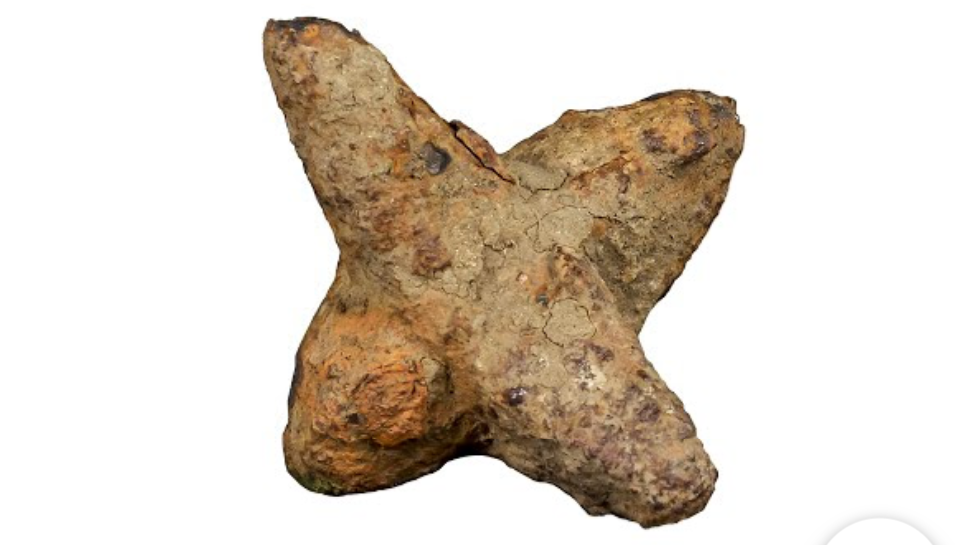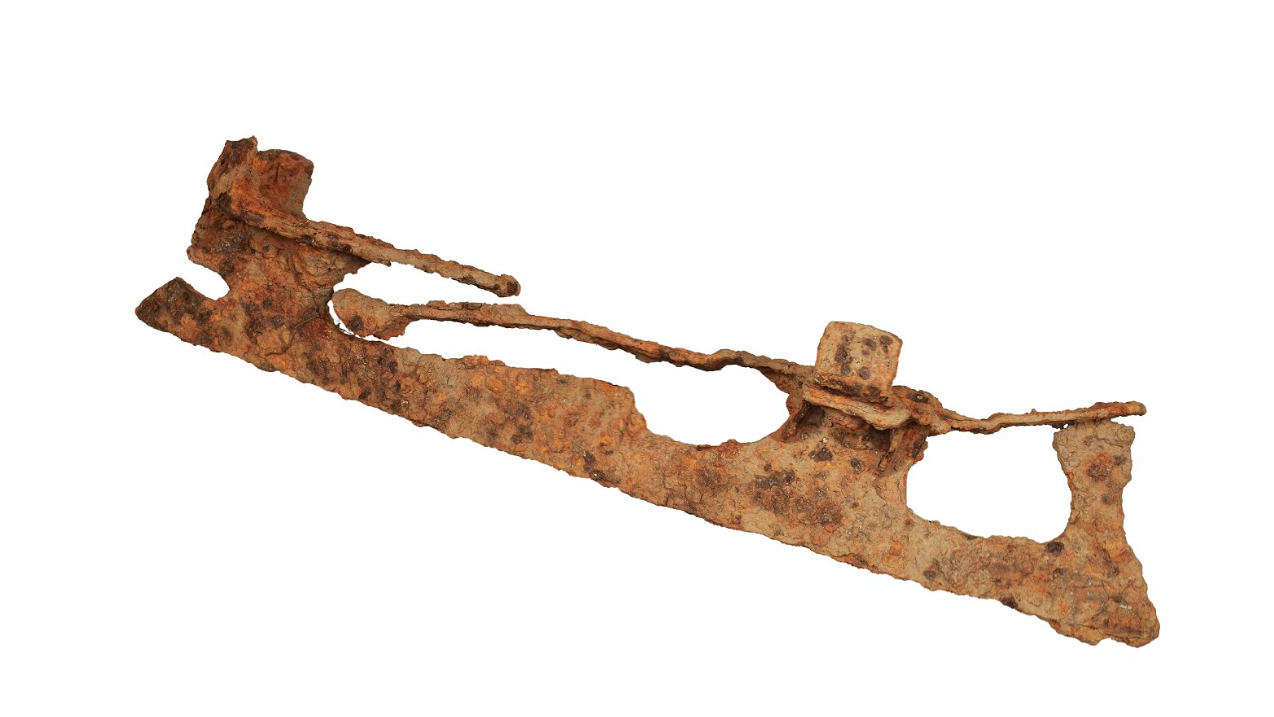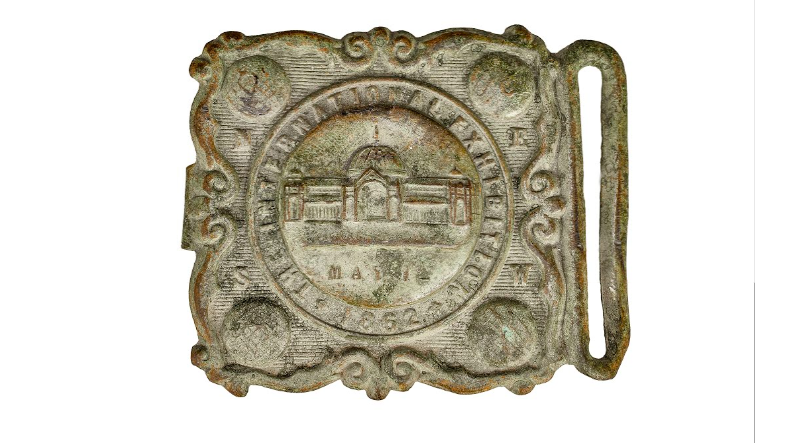Literature review
Wurst, L. (2015). Toward a collective historical archaeology. Reviews in Anthropology 44: 118–138.
Images in the order that they appear: (1) caltrop from ca. 1813, (2) 19th c. ice skate, (3) belt buckle commemorating International Exhibition from ca. 1862, (4) John’s Marshall & Co. 19th c. teacup
The images below exemplify the range of historical artifacts that may be recovered in Canada. I catalogued these while working for the Museum of Ontario Archaeology. The images belong to the MOA and more can be found here.


Archaeology, as a discipline, is remarkably fractured. Within anthropology, there is archaeology, within archaeology there is historical archaeology, mortuary archaeology, queer archaeology, zooarchaeology, classical archaeology – and this is just to name a few. Of course, many disciplines overlap and are integrated; however, archaeologists seem to love carving out myriad niches and specialties. We could even take this exercise one step further – yes, there are subdisciplines within the subdiscipline – as historical archaeology is part and parcel of the archaeologies of gender, labor, industry, identity, capitalism, consumption and more. The nail in the already firmly sealed coffin: I’ve met a historical archaeologist who claimed that their specialty was a specific type of ceramic manufactured at a specific factory in England. And yes, they had a job!
Archaeologists have created an increasingly fractured discipline by glorifying difference and multiplicity, and rejecting any kind of universal or totalizing conceptual or theorizing approach (Wurst, 2015, 121). Historical archaeology seems to be especially plagued by this and, subsequently, its relevance as a discipline and contributions to archaeological learning and understanding as a whole can be viewed as tenuous at best. Wurst’s (2015) work grapples with the fragmented nature of historical archaeology and offers suggestions for its unification.
Wurst (2015) examines three books concerning historical archaeology, each with vastly different themes, in order to validate that historical archaeology can be unified through labour studies. Focus on labour integrates multiple facets of our archaeological contexts, emphasizes the commonalities in the experiences of working people, and leads inexorably to a greater understanding of the structures of capitalism (Wurst, 2015, 128). Furthermore, the article explores the role of archaeology in challenging established narratives and promoting social justice by shedding light on overlooked aspects of the past. Labour studies can help us move away from elitism, an ongoing battle within the field. Overall, Wurst’s (2015) work is less of a review of the literature denoted and more of a review of historical archaeology as an entity. This is what interested me enough to read it.
I have had a love for historical archaeology since I first became interested in archaeology. In much the same vein, I have long be aware of its issues. Its hard not to be hyperaware when every time you mentioned enjoying the excavation of historical sites and/or cataloguing historical artifacts, you get a weird look from your colleagues.
I’m drawn to it for a number of reasons, some of which may be problematic… when excavating historical archaeology sites the sheer quantity of ‘stuff’ is, at first, nearly unbelievable. It tickles the antiquarian in me and leaves a lot of room to wonder about said ‘stuff’. Many of the artifacts are recognizable, but many of them are not. I enjoy the mystery of the unrecognizable, and the archival work necessary to discern what they might be. Similarly, much can be known about historical archaeology sites via archival work. Fire insurance plans, land deeds and directories, census records and more all coalesce to formulate a wealth of potential knowledge. A person’s name, their business endeavors, their children, when and where they may have moved over the course of their lifetime, and more can come to light. It paints a picture of who lived in the house, ate off the plate, played with the doll, ate the fish, cared for the dog, that you’re recovering. It feels more accessible, to me, in a way that a lot of other forms of archaeology do not.


Leave a comment